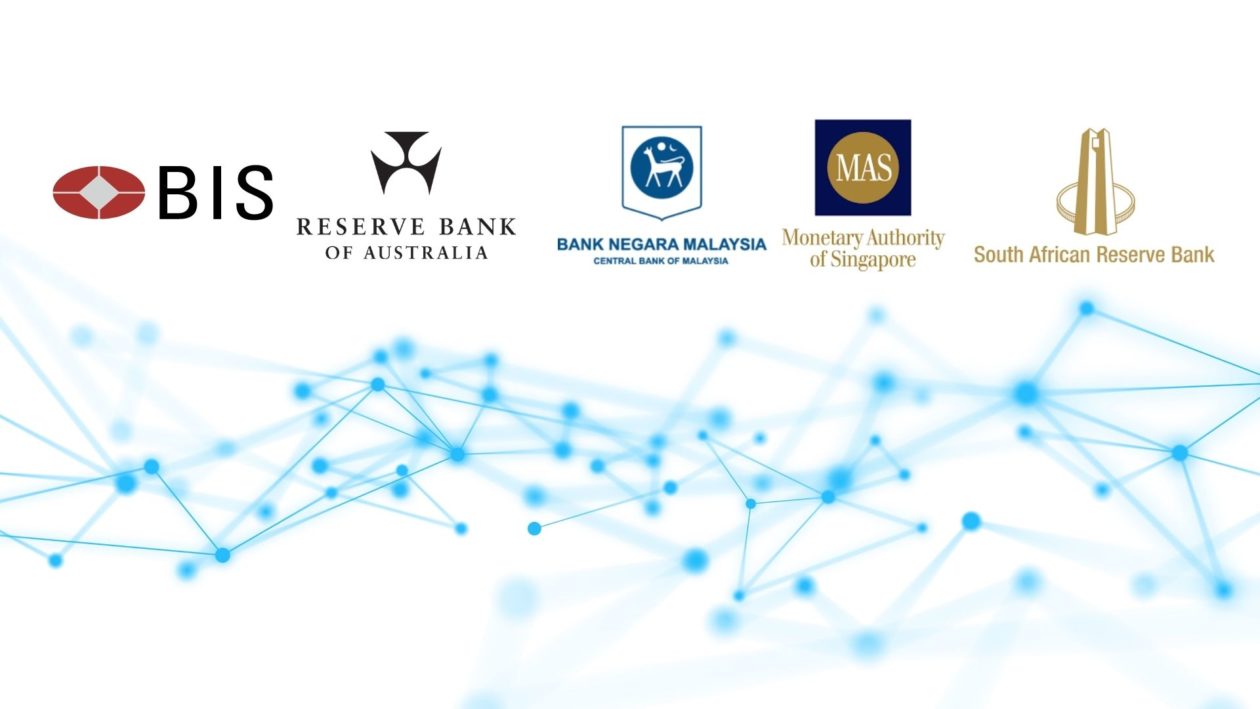The Bank for International Settlements (BIS) Innovation Hub together with the central banks of Australia, Malaysia, Singapore and South Africa today announced they will be collaborating to test the use of central bank digital currencies (CBDCs) for international settlements.
Fast facts
- According to a joint statement, the pilot is part of Project Dunbar, a wholesale CBDC project by the BIS Innovation Hub and Monetary Authority of Singapore to design, develop and test protoype shared platforms for cross-border payments using multiple CBDCs. The multi-CBDC platforms will enable direct transactions between financial institutions, thereby doing away with the need for intermediaries, increasing the speed of transactions, and reducing costs.
- Project Dunbar will collaborate with multiple partners to develop technical prototypes on different distributed ledger technology (DLT) platforms. The project will also study the various governance and operating designs that will enable central banks to share CBDC infrastructures, the statement said.
- “Project Dunbar brings together central banks with years of experience and unique perspectives in CBDC projects and ecosystem partners at advanced stages of technical development on digital currencies,” said Andrew McCormack, centre head of the BIS Innovation Hub Singapore Centre. “With this group of capable and passionate partners, we are confident that our work on multi-CBDCs for international settlements will break new ground in this next stage of CBDC experimentation and lay the foundation for global payments connectivity.”
- The G20 has made enhancing cross-border payments a priority and CBDCs present an opportunity for central banks to improve existing international payment arrangements. Central banks increasingly collaborate with each other and the private sector as they explore multiple CBDCs as a means to facilitate cheaper and faster cross-border transactions. In July, MAS and the Banque de France successfully completed a wholesale cross-border payment and settlement experiment using multiple CBDCs. The experiment, supported by J.P. Morgan’s Onyx, simulated cross-border transactions and cross-currency transactions involving a Singapore dollar CBDC and a euro CBDC, and was conducted using a permissioned, privacy-enabled blockchain based on Quorum technology.
- The results of Project Dunbar, expected to be published in early 2022, will inform the development of future platforms for global and regional settlements, the statement said. Technical prototypes of the shared platforms will be showcased at the Singapore FinTech Festival in November.
See related article: BIS: cooperation essential for CBDCs to improve cross-border payments





